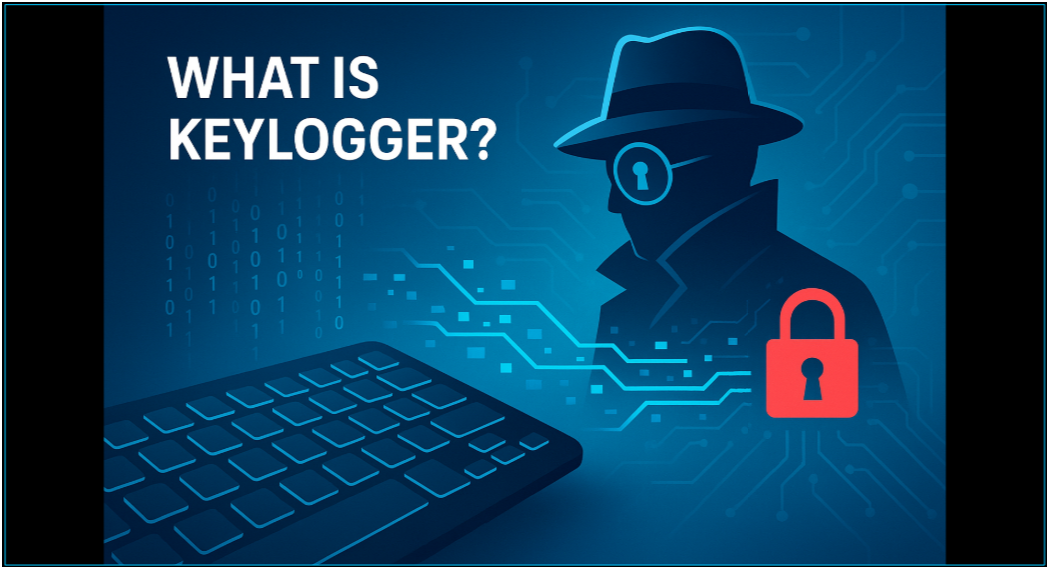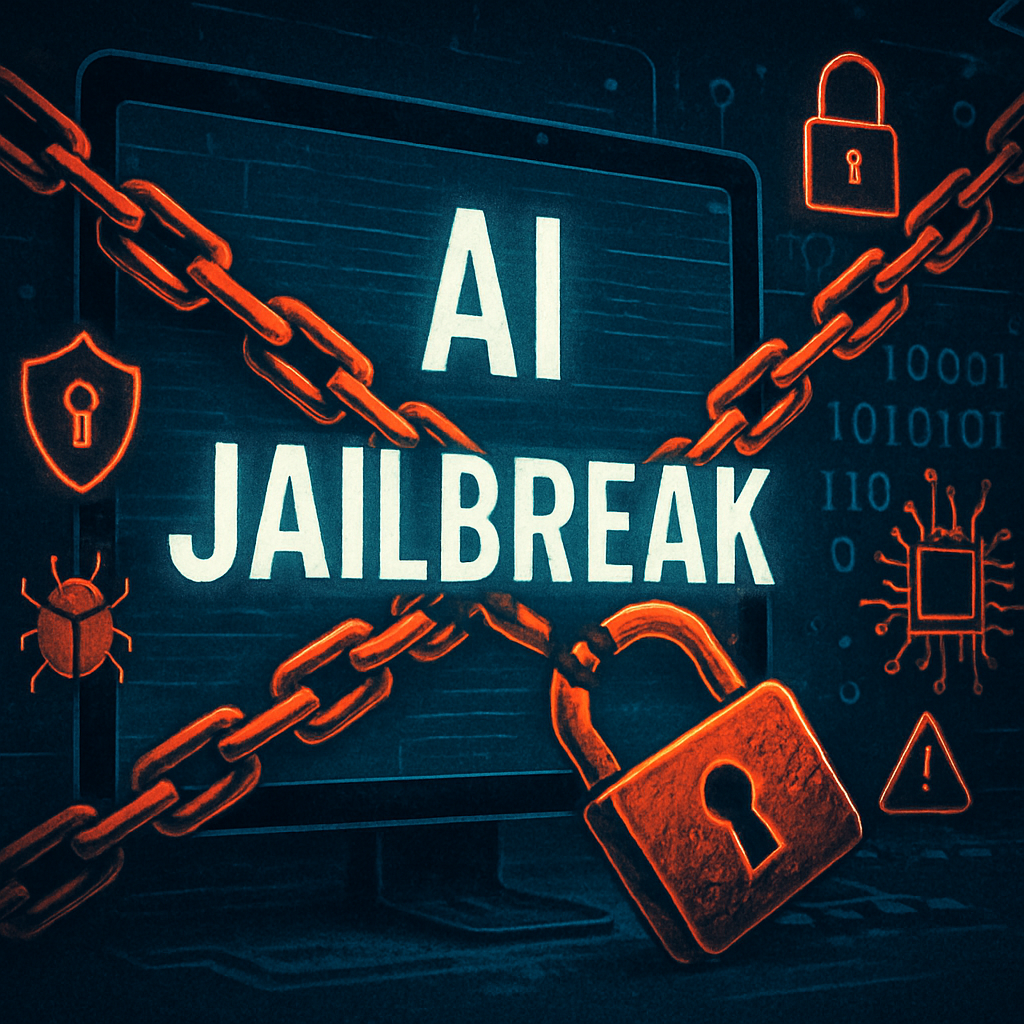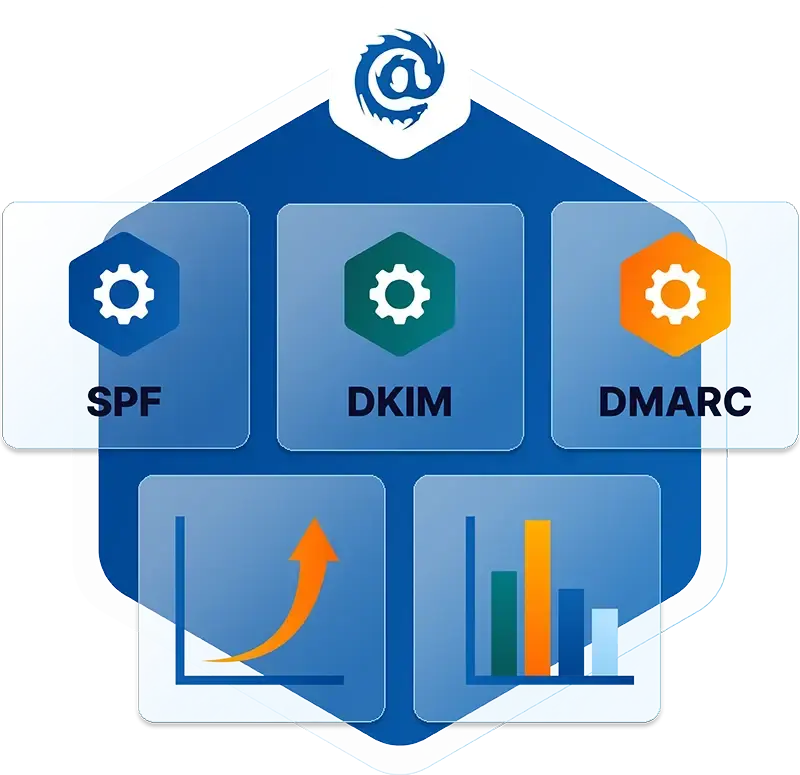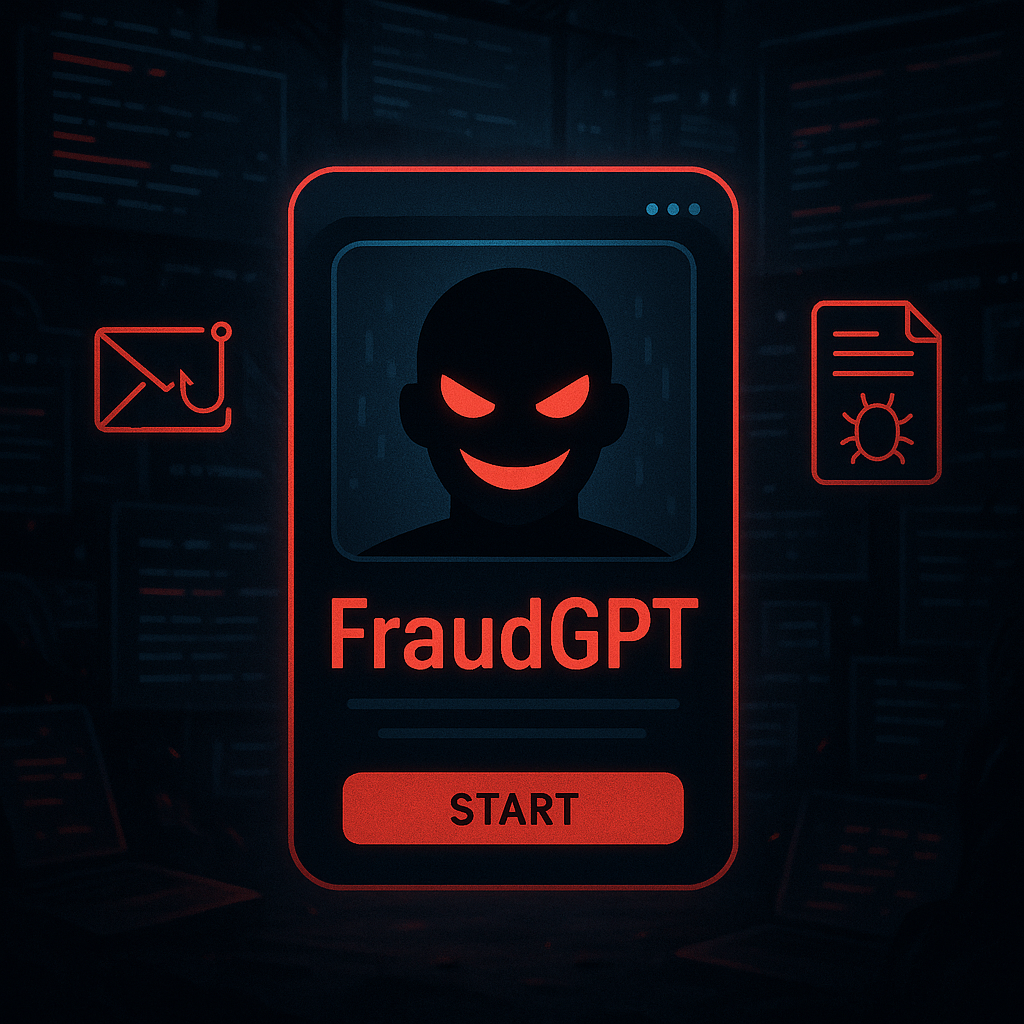Table of Contents
Invoice Fraud Explained
Invoice fraud is a well-coordinated ploy in which an attacker attempts to scam a business into paying a fake invoice–or paying a legitimate invoice to a fake account–by impersonating a vendor or partner.
The lure of large transactions makes invoice fraud very appealing to attackers. According to a 2021 FBI Report, successful business email compromise (BEC) scams (such as invoice fraud) accounted for an average loss of more than $120,000 per incident These invoice scams cost organizations more than $2.4 billion in 2021.
The ROI appeal has resulted in sophisticated attackers moving away from widespread phishing email blasts to more isolated, socially-engineered email attacks. These targeted attempts are less likely to be flagged as spam since they are more targeted and can do a lot of damage before traditional secure email gateways (SEG) can get updated policies to catch these emails or similar emails from the same domain.
How Does Invoice Fraud Work?
No business is immune to invoice scams. Even the most technically savvy companies and individuals in the world–Facebook, Google and Shark Tank’s Barbara Corcoran–have been scammed out of hundreds of thousands of dollars through fake invoices. Attackers do their research and interweave multiple tactics to pull off these scams.
Invoice fraud can come from a fake or a hijacked vendor account. Common tactics may include:
- Account takeovers - Attackers hijack an employee (e.g., accounts payable representative) account to gain access to all clients, vendors, transactions, invoices, and banking information. They use this compromised account to email clients and vendors with new payment details and fake invoices.
- Fake invoices - Attackers mimic a vendor’s branding, language, email- and signature-templates they use to generate an invoice.
- Vendor impersonation - Attackers impersonate a legitimate vendor’s domain (e.g., george.jones@abc.com vs george.jones@abc-finance.com) and send an invoice that looks like a valid transaction request.
- Vendor fraud - Vendors that actually perform work for your business may send a duplicate invoice or change the payment amounts, hoping that busy accounting departments don’t notice.
- Employee fraud - Employees, who have intimate knowledge of a company’s accounting processes and known vendors, may create schemes or be involved with an external attacker to create and pay fake invoices.
There are infinite ways in which these attacks can be orchestrated, such as:
- An attacker compromises a vendor/supplier account through a phishing scam or malware.
- The attacker monitors email threads related to invoices and transactions, gathering information about clients/partners and their contacts.
- The attacker creates a fake URL that is similar to the vendor company name, setting up email addresses for vendor employees with the new domain. Alternatively, the attacker may gain full access to a legitimate employee email account.
- The attacker impersonates the vendor and creates a fake invoice that looks identical to a real invoice, and sends it to the target client. The email stresses new, changed banking/transaction details with an urgency for quick response or payment.
- The targeted client makes a payment on the invoice to the bank account owned by the attacker.
In one real-life example of a large non-profit organization, several donors were scammed out of large contributions. An attacker spoofed the organization’s name by changing one letter and created email addresses for multiple accounting representatives. The attacker then sent emails to major donors requesting changes to wire transfer information:
This was discovered after a few donors noticed the slight difference in the email address, and one noted that the tone and grammar of the email made her suspicious.
How can you identify and prevent this from happening to your organization or clients?
How to Prevent Invoice Fraud
Invoice fraud capitalizes on targets reacting hastily and making mistakes. Don’t rush when you receive an ‘urgent payment’ email. Be cautious and thorough. Key elements to look out for with emails and invoices include:
- Come from an unfamiliar vendor
- Stress immediate payment
- Include new bank details, payment procedures, mailing addresses, or unfamiliar payment methods
- Contain potentially-compromised links or attachments
When receiving invoices and payment requests, always carefully check the sender’s email address, reply-to address, and tone/grammar of the email for legitimacy. Putting control measures in place is important to verify all transactions, while also assigning different people to approve and pay the invoices. Check all invoices against original purchase orders for payment amounts and details.
It is completely reasonable to directly call your known contacts or go directly to the vendor/client websites for verification–do not use the links or details sent to you in an email when verifying a transaction. Cross-verification should also take place internally, with project leads and managers. Identify at least two points of contact with your vendor in case one is not available.
Training is also an essential element in preventing invoice fraud. Organizations should leverage security awareness training (SAT) tools for all employees, especially accounting personnel, to educate users on cybersecurity best practices. Perhaps most importantly, invest in a sophisticated email security solution that delivers SAT features as well as more robust automated protections against advanced attacks like invoice fraud, business email compromise (BEC), and more.
Learn More About Enterprise Invoice Fraud Protection from IRONSCALES
IRONSCALES™ integrates into enterprise application APIs, such as MS O365 Graph, mapping user and business communication habits to create a benchmark for “normal” interactions. Any deviations will be immediately flagged, analyzed and remediated in real-time to prevent fraud.
IRONSCALES provides mailbox-level fraud and anomaly detection that DMARC-based and conventional Secure Email Gateways (SEG) can detect. Our invoice fraud solution:
- Prevents spoofing by creating a unique sender “fingerprint” for each employee. This is accomplished by analyzing “sent-from” IPs, communication context and habits, and other factors. Any deviation from the norm is detected immediately.
- Leverages Natural Language Processing to flag commonly-used BEC language.
- Incorporates DMARC, SPF, and DKIM email authentication validation.
- Uses AI and machine-learning to continuously study every employee’s inbox and detect anomalies for both email data and metadata.
- Automatically quarantines any detected anomaly in real-time, and visually flags the email subject line and body with guidance for employee review and verification.
- Adapts with sophisticated social engineering developments using AI, machine learning, and crowdsourcing techniques.
Check out the complete IRONSCALES email security solution here.
Explore More Articles
Say goodbye to Phishing, BEC, and QR code attacks. Our Adaptive AI automatically learns and evolves to keep your employees safe from email attacks.

/Concentrix%20Case%20Study.webp?width=568&height=326&name=Concentrix%20Case%20Study.webp)












